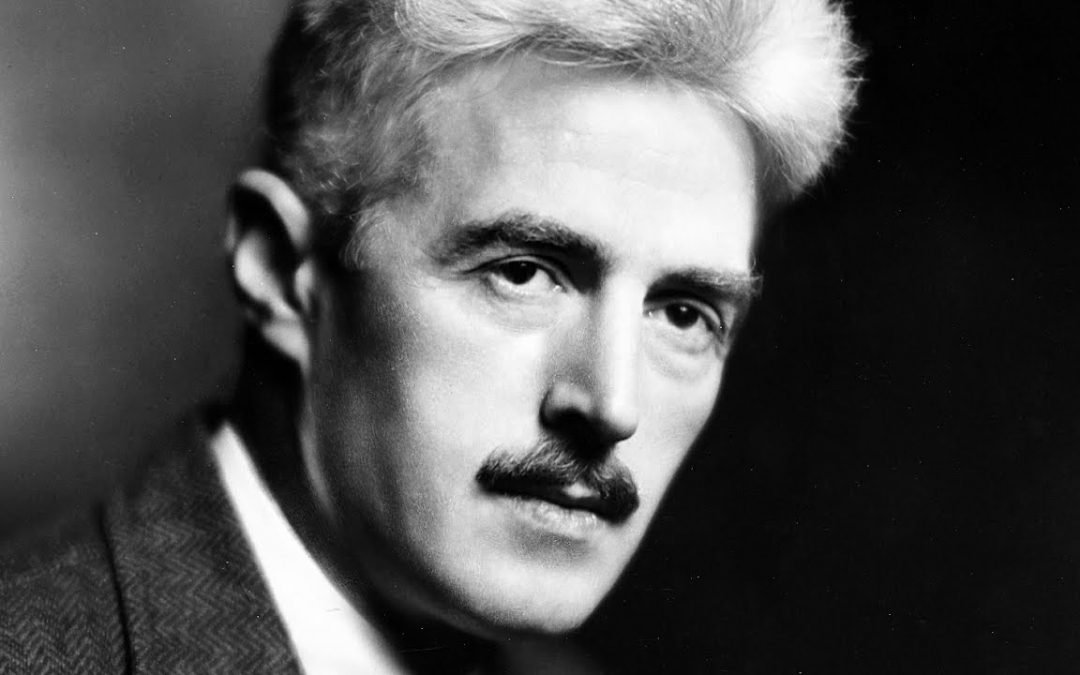If you are like me, you have been looking to Nick and Nora Charles to solve the mystery of the Trump cult-like popularity. The novelist Dashiell Hammett created the crime solving couple in the 1930s; they appeared in movies starring Myrna Loy and William Powell. I don’t know if Nick and Nora were familiar with psychologist William James or with optics scientist Van Leeuwenhoek, but those gentlemen also belong in this conversation.
Laura Snyder, Eye of the Beholder
The historian Laura Snyder published a book (in 2015) about the 17th century Dutch geniuses Antonie Van Leeuwenhoek and Johannes Vermeer. She combined optics and art history and much else. The kind of realism demonstrated by Vermeer’s work conveys a “sense of bouding, that make-believe space that feels real.” I don’t know about Dr. Snyder’s qualifications in political science, but I felt that, even if a different context, she could have been describing the current political situations in the U.S. or U.K.
I could not find bouding in Ralph Mayer’s A Dictionary of Art Terms and Techniques, so perhaps nether Mayer nor Snyder will object overmuch to my borrowing the term, peculiar to the Dutch language until appropriated here. I have not found a better term than bouding to describe the Trump cult or its appendages such as climate change denial.
Snyder explains, “Dutch theorists and artists used the term bouding as a blanket term for the many strategies that could be combined to create a compelling mimetic or imitative picture.” Or fantasy, if you will.
Fantasy is harmless until it is not. It transforms to harmful when mistaken for reality: guns don’t kill people, worldwide temperature is not rising, women have no right to control their own bodies. Enter the Trump cult.
Snyder notes an important observation: “Van Leeuwenhoek realized that what one thinks he sees is related to what he wants to believe. Believing is seeing, sometimes.”
She confirms this with a reference to the work of William James who coined the phrase ‘will the believe,’ noting that “sometimes we convince ourselves to believe what we choose to believe, even without rational evidence; so to, it can be said, we sometimes will ourselves to see what we want to see, or what we are accustomed to seeing.” [William James, 1956, The Will to Believe: And Other Essays in Popular Philosophy {and} Human Immortality. Dover Publications.]
The Thin Man
Which brings me back to Hammett. In one scene, a police officer, speaking to Nick Charles, anticipates our current political situation by eighty-five years: “It’s a funny thing—I suppose you’ve noticed it—the people who lie the most are nearly always the clumsiest at it, and they’re easier to fool with lies than most people too.” [Ukrainian conspiracy theories anyone?] “You’d think they’d be on the look-out for lies, but they seem to be the very ones that will believe almost anything at all. I suppose you’ve noticed that, haven’t you?”
At a later point, Nick himself makes a similar observation: “Most people—even women—get discouraged after you’ve caught them in the third or fourth straight lie and fall back on either truth or silence, but not Mimi.” [A character in the novel. Substitute Trump’s name here.] “She keeps trying and you’ve got to be careful or you’ll find yourself believing her, not because she seems to be telling the truth, but simply because you’re tired of disbelieving her.”
I am in no way suggesting that Snyder or Hammett would endorse my positions of politics or the environment, but James, Van Leeuwenhoek, and Hammett bring important insight to contemporary times.
The above, as a Generally True Pattern: The vitality of any system depends on the free flow of information.
One more unsolved mystery: Why did Hammett write only one Thin Man mystery?

